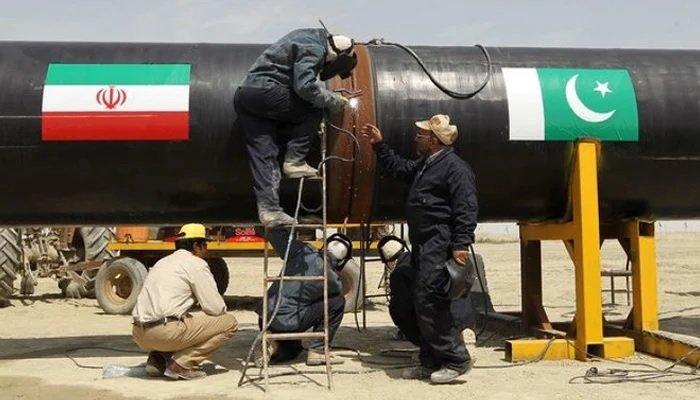Iranian President Ebrahim Raisi’s recent visit to Pakistan has brought the spotlight back on a significant gas pipeline deal between the neighboring nations.
Iranian President Ebrahim Raisi’s recent visit to Pakistan has brought the spotlight back on a significant gas pipeline deal between the neighboring nations. This Peace Pipeline project, which has faced numerous delays due to geopolitical issues and international sanctions, has once again come to the forefront of diplomatic discussions.
In a joint statement released following the conclusion of President Raisi’s visit, both nations reiterated the crucial importance of cooperation in the energy sector. The statement highlighted various aspects of energy collaboration, including trade in electricity, power transmission lines, and the IP Gas Pipeline Project, also known as the Peace Pipeline.
Key facts about the Peace Pipeline project:
- The pipeline deal was initially signed in 2010 with the aim of supplying 750 million to a billion cubic feet per day of natural gas from Iran’s South Pars gas field to Pakistan over a period of 25 years. This was intended to address Pakistan’s growing energy demands.
- The proposed pipeline was designed to stretch over 1,900 kilometers, with 1,150 kilometers within Iran and 781 kilometers within Pakistan.
Iran has asserted that it has already invested $2 billion to construct the pipeline on its side of the border, making it ready for export. - However, Pakistan did not commence construction on its end, and shortly after the deal was signed, it announced that the project was on hold due to international sanctions imposed on Iran.
- Iran, fulfilling its commitments, has urged Pakistan to honor its obligations and expedite the implementation of the project.
- In 2014, Pakistan requested a 10-year extension to fulfill its obligations under the agreement, with the current deadline set to expire in September of this year. Failure to meet the deadline could result in Iran taking legal action against Pakistan, potentially leading to substantial fines.
- To avoid such penalties, Pakistan’s caretaker administration earlier this year approved plans to begin construction on an 80-kilometer segment of the pipeline.
- In March, Pakistan announced its intention to seek a waiver from U.S. sanctions for the pipeline project. However, the United States publicly expressed its opposition to the project, warning of the risks associated with doing business with Tehran.
- Washington’s stance is particularly significant for Pakistan as the country seeks to secure a new long-term bailout program with the International Monetary Fund (IMF) in the near future.
- Pakistan, facing a shortage of natural gas as its domestic and industrial sectors heavily rely on it, urgently needs access to affordable gas supplies. With its own reserves depleting rapidly and LNG deals proving expensive, Pakistan is eager to move forward with the Peace Pipeline project.
- Iran boasts the world’s second-largest gas reserves after Russia, according to BP’s Statistical Review of World Energy. However, sanctions and political instability have hindered its development as a major gas exporter.
- Initially, the Peace Pipeline project also involved extending the pipeline to India. However, India later withdrew from the project, leaving Pakistan and Iran as the primary stakeholders.
President Raisi’s visit to Pakistan has reignited discussions surrounding the Peace Pipeline project, underscoring the importance of energy cooperation between the two nations. As Pakistan grapples with energy shortages and economic challenges, the successful implementation of the pipeline could offer a significant solution to its energy needs while strengthening bilateral ties with Iran.
